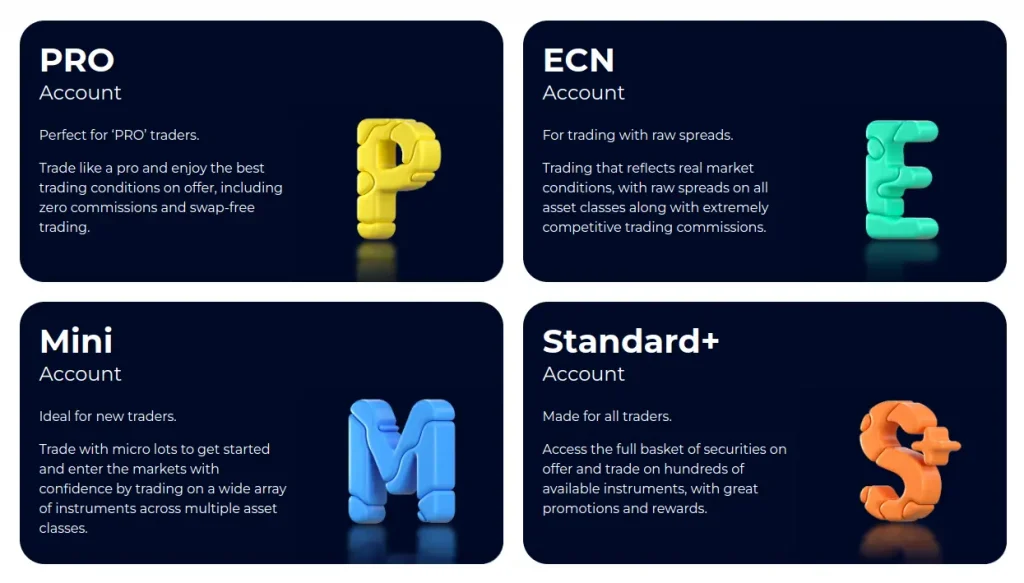Technical Framework Overview
| Structure | Identification | Market Implication |
| Converging Lines | Price action forms triangular shape | Shows momentum shift |
| Volume Profile | Typically decreasing | Confirms pattern validity |
| Time Duration | 20-60 candles optimal | Pattern reliability |
| Breakout Zone | Pattern completion area | Entry opportunity |
| Price Action | Consistent boundary tests | Pattern strength |

Comprehensive Introduction to Wedge Trading
The forex market’s complexity demands sophisticated analytical tools, and among these, the fx wedge pattern has emerged as a powerful indicator for Malaysian traders. This comprehensive guide explores the intricacies of wedge patterns and their practical application in today’s dynamic market conditions.
Essential Components
- Pattern recognition techniques
- Trend identification methods
- Volume analysis principles
- Breakout confirmation signals
- Risk management strategies
Advanced Pattern Recognition Systems
Market Psychology Matrix
| Psychological Factor | Impact | Trading Consideration |
| Buyer Exhaustion | Weakening momentum | Potential reversal |
| Seller Confidence | Increasing pressure | Entry timing |
| Volume Dynamics | Confirmation signal | Pattern validity |
| Price Action Speed | Pattern development | Trading timeframe |
| Market Sentiment | Overall direction | Risk assessment |
Rising Wedge Analysis
- Bullish trend preceding formation
- Higher highs and higher lows
- Converging trendlines
- Decreasing volume profile
- Bearish reversal potential
Strategic Implementation Framework
| Strategy Element | Description | Application |
| Entry Timing | Breakout confirmation | Wait for clear signals |
| Stop Loss | Pattern-based placement | 1-2% account risk |
| Take Profit | Multiple targets | Scale-out approach |
| Position Sizing | Risk-based calculation | Conservative management |
| Pattern Validation | Multiple timeframe analysis | Comprehensive view |
Advanced Trading Elements
- Market correlation analysis
- Economic calendar impact
- Volatility assessment
- Support/resistance levels
- Trend strength evaluation
Falling Wedge Dynamics
Key Components:
- Descending price channel
- Converging support/resistance
- Volume correlation
- Breakout confirmation methods
- Target calculation techniques
Risk Management Guidelines
| Risk Elements | Strategy | Implementation |
| Position Size | Maximum 2% risk | Calculate per trade |
| Stop Placement | Beyond pattern boundary | Technical levels |
| Profit Targets | Multiple objectives | Partial exits |
| Pattern Quality | Validation criteria | Strict adherence |
| Market Context | Overall trend analysis | Strategic alignment |

Conclusion
The mastery of fx wedge patterns provides Malaysian traders with a significant advantage in forex markets. Success requires combining technical analysis with disciplined execution and proper risk management. Continuous learning and adaptation to market conditions remain essential for long-term profitability.
FAQ
How do you distinguish between valid and false wedge patterns?
Valid wedge patterns show clear convergence, consistent bounces off boundaries, and appropriate volume characteristics. False patterns typically lack these key elements.
What's the optimal timeframe for trading wedge patterns?
While wedge patterns appear on all timeframes, the H4 and daily charts typically provide the most reliable signals for Malaysian forex traders.
How should traders handle failed wedge patterns?
Exit positions quickly when patterns fail, maintaining strict stop losses. Failed patterns often lead to strong moves in the opposite direction.
Can wedge patterns predict price targets?
Yes, traditional measurement techniques suggest price targets equal to the pattern’s height projected from the breakout point.
What role does volume play in wedge pattern trading?
Volume typically decreases as the pattern develops and should increase significantly during breakouts to confirm pattern validity.

